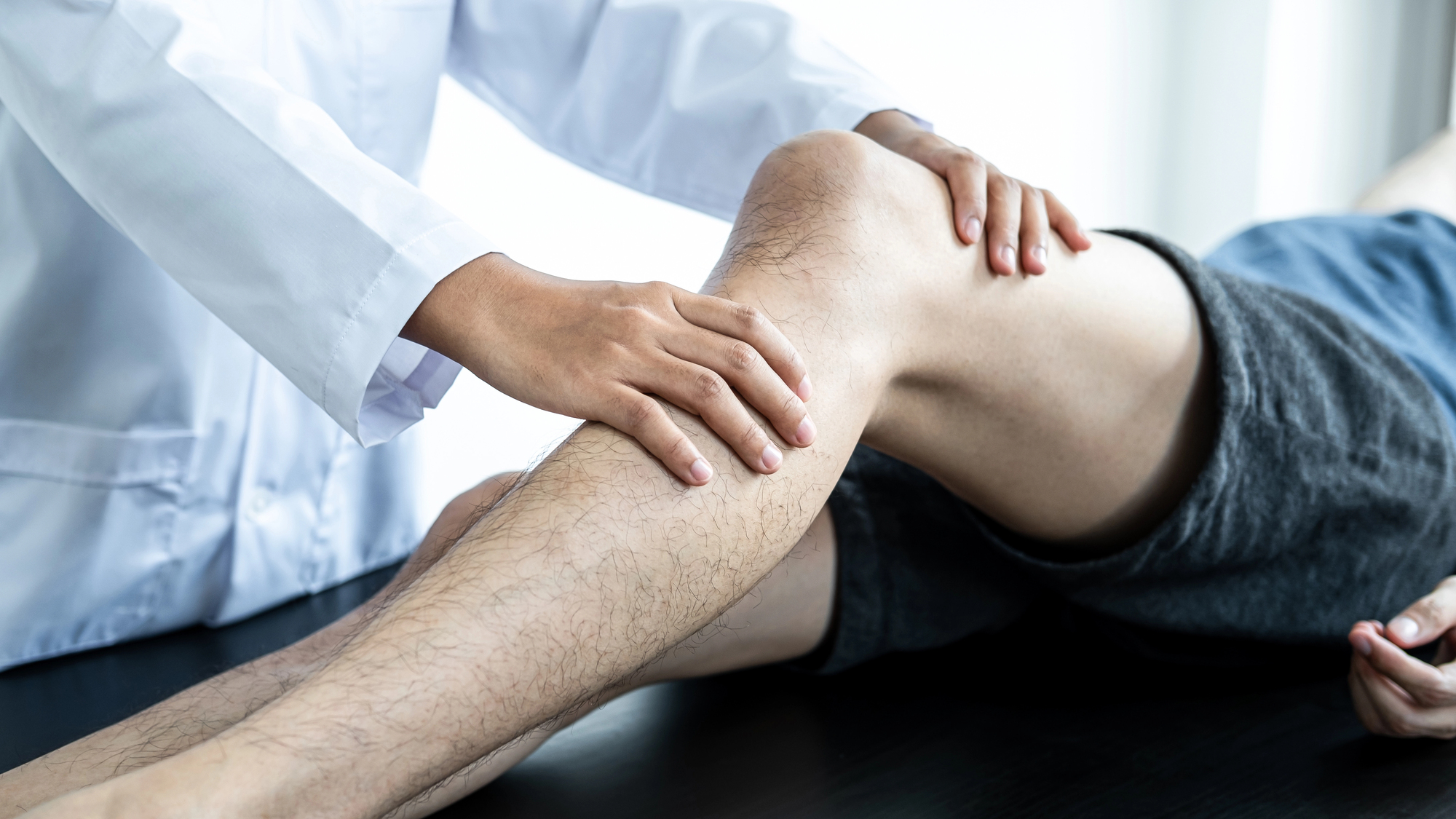Hip and knee pain are common complaints that affect people of all ages, making everyday activities challenging. These joints play a crucial role in our mobility and overall quality of life. Understanding the causes, symptoms, and potential treatments for hip and knee pain can help individuals manage their condition effectively. In this blog, we’ll explore everything you need to know about hip and knee pain.
What Are Hip and Knee Joints?
The hip and knee joints are essential components of the human body. The hip is a ball-and-socket joint that supports the upper body, while the knee is a hinge joint that allows for forward and backward movement. Together, these joints enable a wide range of activities, from walking to running to sitting. Understanding their anatomy helps to appreciate their function and the impact of pain on daily life.
Common Causes of Hip and Knee Pain
Various conditions can lead to hip and knee pain. Some of the most common causes include:
- Rheumatoid Arthritis: An autoimmune condition that causes inflammation in the joints.
- Osteoarthritis: A degenerative joint disease that results from wear and tear over time.
- Bursitis: Inflammation of the bursae, which are small fluid-filled sacs that cushion the joints.
- Hip Fractures: Breaks in the hip bone that can occur from falls or severe impacts.
These conditions not only cause pain but can also limit mobility, making it essential to seek treatment promptly.
Symptoms to Watch For
Hip and knee pain can manifest in various ways. Common symptoms include:
- Sharp or dull pain in the hip or knee
- Stiffness, especially in the morning or after sitting for long periods
- Swelling around the joint
- Locking or instability when moving
Understanding these symptoms can help you differentiate between hip and knee pain and identify when to seek medical attention.
How Hip and Knee Pain Affect Each Other
The hip and knee joints are interconnected, meaning that issues in one can lead to problems in the other. For instance, if you have knee pain, it may alter your walking pattern, which can put additional stress on your hip joint. This relationship underscores the importance of a holistic approach to treatment, addressing both joints to restore balance and reduce pain.
Diagnosis and Assessment
Accurate diagnosis is crucial for effective treatment. Healthcare professionals typically conduct a physical exam and may use imaging tests like X-rays or MRIs to assess the condition of the joints. If you’re experiencing persistent pain, consulting a healthcare provider is essential for proper evaluation and guidance.
Treatment Options
There are several treatment options available for managing hip and knee pain:
- Physical Therapy: Tailored exercises to strengthen muscles and improve flexibility.
- Medications: Anti-inflammatory drugs or pain relievers can help manage symptoms.
- Lifestyle Changes: Maintaining a healthy weight and engaging in regular exercise can significantly alleviate pressure on the joints.
- Surgical Options: In severe cases, surgical intervention may be necessary, such as joint replacement.
Each treatment plan should be individualized based on the specific condition and needs of the patient.
Prevention Tips
Preventing hip and knee pain involves making conscious lifestyle choices, such as:
- Engaging in low-impact exercises like swimming or cycling
- Maintaining a healthy weight to reduce joint stress
- Practicing good posture and body mechanics during daily activities
Taking proactive steps can help you avoid the onset of pain and maintain your mobility.
Takeaway
Addressing hip and knee pain is crucial for maintaining an active and fulfilling lifestyle. By understanding the causes, symptoms, and treatment options available, individuals can take charge of their health. If you’re experiencing persistent pain, don’t hesitate to consult a healthcare professional for guidance. Share your experiences in the comments below, and let’s support each other in managing hip and knee pain effectively!










